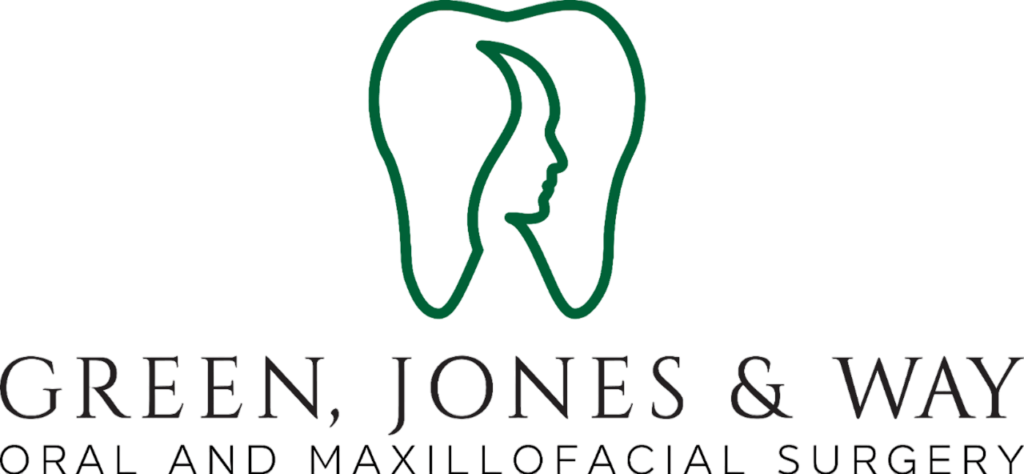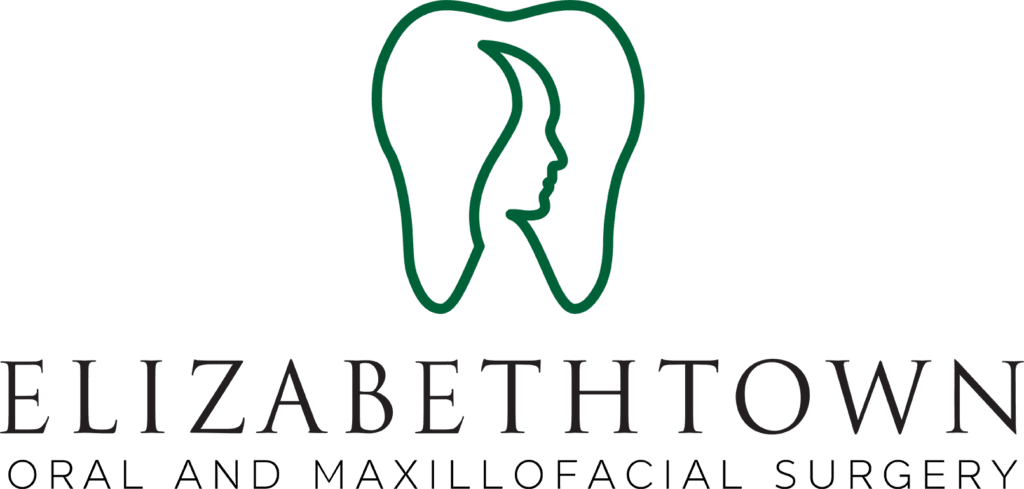Infants born with clefts (lip and/or palate) are special babies and will require special care as a result. Babies can be born with cleft lip without having a cleft in their palate (roof of mouth), a cleft palate without a cleft lip, or both cleft lip and palate. A comprehensive head, neck, and intraoral exam will help delineate the extent of the cleft and any associated abnormalities. This will aid in planning for the timing of the procedures that the future may hold for your beautiful child. At the time of consultation, Dr. Jones will review the condition, treatments, and address any concerns and/or questions. Below is an overview of some of the surgeries that may be required.
Cleft lip
Repairing a cleft lip is a procedure that normally takes place between the ages of 3 and 6 months. Some conditioning of the tissues is often helpful in the months prior to surgery. This can be done with specialized appliances (nasoalveolar molding—NAM) or sometimes simply with special tape. The surgery often takes between approximately 90 minutes and the patient is monitored in the hospital overnight prior to being cleared to return home. The tape placed over the repair will peel and fall off during the first week after surgery. The remaining sutures are of a type that dissolve or “fall out” on their own. Follow up appointments with Dr. Jones ensure that proper steps are being taken to decrease the size and visibility of the scar from the repair.
Cleft palate
Many, if not all, of these infants benefit from specialty feeding bottles to help them grow and develop. Cleft palates present in a wide spectrum of severity. Some clefts have the overlying mucosa intact such that there is little if any evidence of a cleft on the surface when looking in the mouth. Traditional clefts can be only in the soft palate, both the hard and soft palate, and some involve soft palate, hard palate and the alveolus (ridge where there are teeth). The surgical repair often takes place between the ages of 12 and 18 months of age—around the time that the child’s speech is developing.
The aim of the repair is to reconstruct a nasal floor, re-orient the muscle that helps with speech and function, and construct an oral (mouth) lining as well. These three layers, when properly healed, will separate the nose from the mouth and allow for proper speech.
This repair takes approximately two hours of operating time. The patient is monitored overnight to ensure they are drinking again on their own before being allowed to return home. A soft diet (no hard foods) is necessary for several weeks following the surgery.
Alveolar cleft
This cleft is a gap in the bone that holds the dentition (teeth). Timing for repair of this cleft depends upon tooth development and should take place when the canine is still developing and prior to its descent and eruption into the mouth. This is often around 8-12 years of age. Bone is placed at the time of the repair in an effort to place bone for the teeth to erupt into and for unification of the two sides of the dental arch form. This repair also closes off the final “hole” or fistula between the mouth and the nose. The procedure takes around 90 minutes to complete and the patient is watched overnight to monitor pain control. The most tender site after surgery is usually the donor site for bone (if this is the option chosen), which is most often the hip.
Jaw surgery
Many patients with cleft lip and/or palate require orthographic (jaw) surgery. Please see our entire section devoted to this surgery under the “procedures” menu

